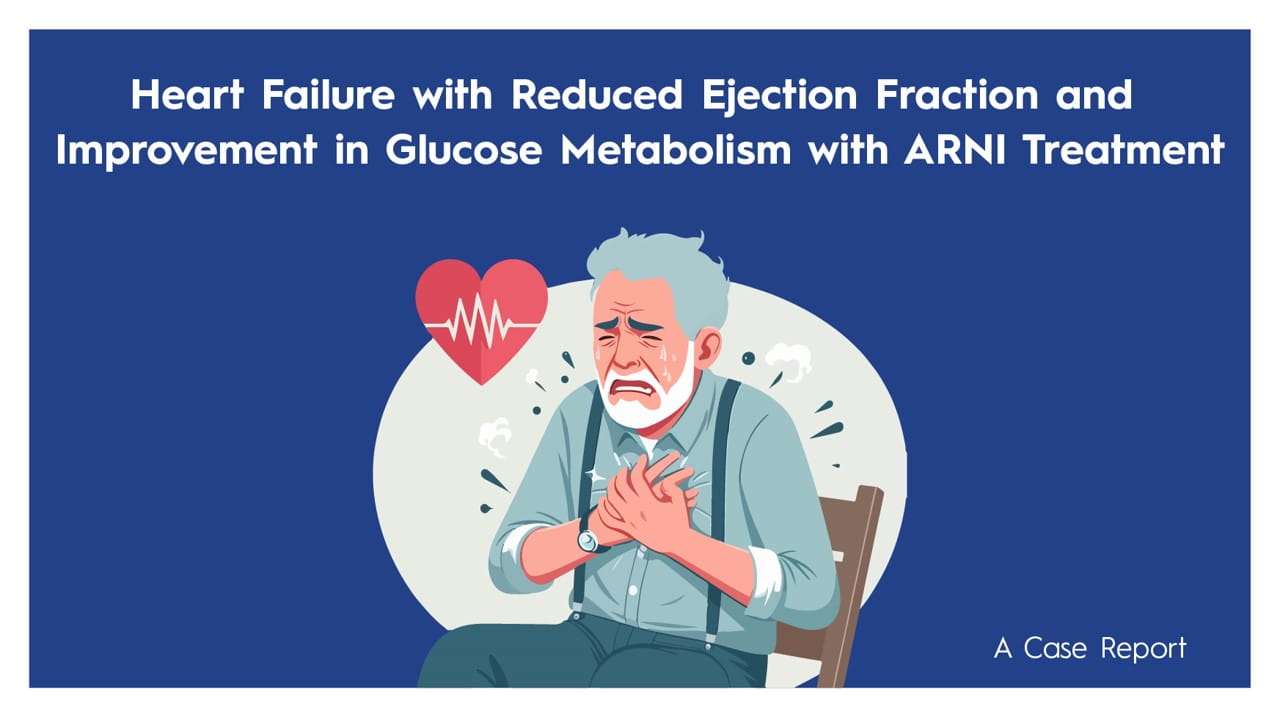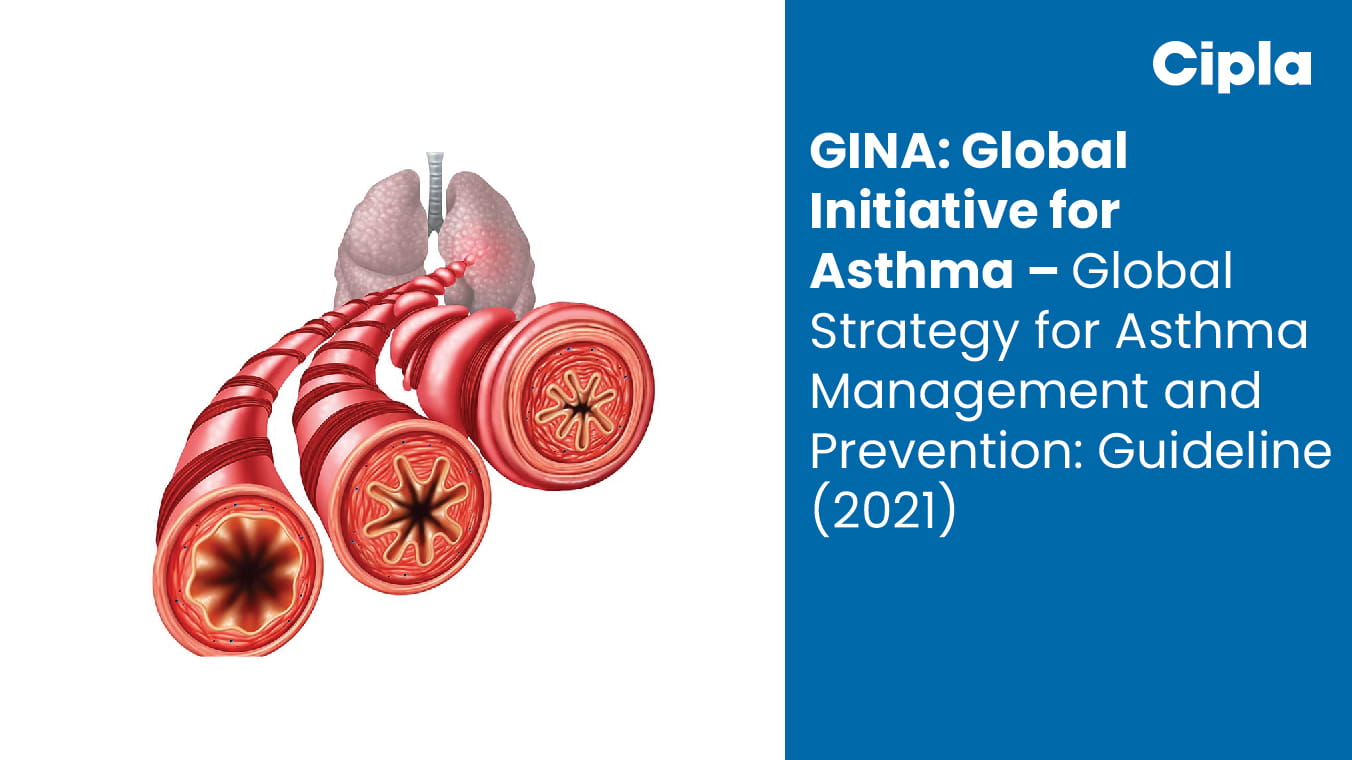Introduction:
Long-term trends in glucose-lowering therapy (GLT) were assessed among patients with type 2 diabetes (T2DM) and established coronary artery disease (CAD).
Methods:
Data were collected from 590 T2DM patients diagnosed with CAD who were referred to elective coronary angiography across three observational cohort studies (OS): 1999–2000 (OS1, n=190), 2005–2008 (OS2, n=241), and 2022–2023 (OS3, n=159), conducted at a tertiary care hospital in central Europe.
Results:
- Among the patients with T2DM, the proportion of newly diagnosed T2DM patients without prior GLT was - OS1: 43.2%, OS2: 27.8%, OS3: 28.3%; ptrend=0.002).
- The median diabetes duration among known T2DM patients (OS1: n=108, OS2: n=174, OS3: n=114) was median diabetes duration of 5 years (IQR:1-13), 4 years (IQR:2-8) and 4 years (IQR:<1-17) in OS1, OS2 and OS3, respectively (p=0.343) .
- Oral GLT usage increased over time (OS1: 50.0%, OS2: 72.4%, OS3: 77.2%; ptrend<0.001).
- The number of GLT agents expanded over time (OS1: 11, OS2: 21, OS3: 24).
- SGLT2 inhibitors emerged as the most reported class in OS3 (34.0%) but was not used in OS1 or OS2.
- Sulfonylurea use declined markedly (OS1: 32.1%, OS2: 26.8%, OS3: 2.0%; ptrend<0.001).
- Metformin remained consistently used across cohorts (OS1: 31.2%, OS2: 42.1%, OS3: 31.0%).
- Incretin mimetics were minimally used in OS3 (4.6%) and absent in earlier cohorts.
- Insulin use showed no significant trend (OS1: 28.7%, OS2: 26.4%, OS3: 17.5%; ptrend>0.05).
- HbA1c target achievement (<7.0%) improved over time (OS3: 67.9% vs. OS1: 49.2%, p<0.001; OS2: 53.9%, p=0.005; ptrend<0.001).
Conclusion:
An upward trend in intensity and complexity of GLT was observed over time in T2DM patients with CAD, with improved HbA1c control in the latest cohort. However, the uptake of incretin mimetics remained low despite guideline endorsements.
ADA 2025, 20-23 June, Chicago




